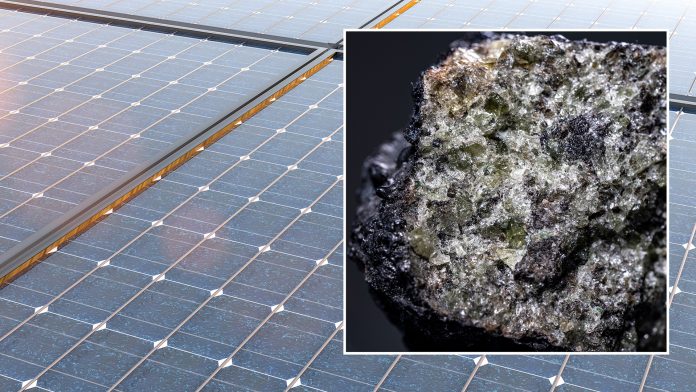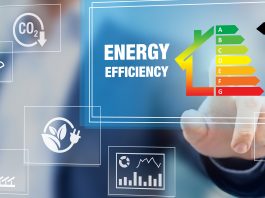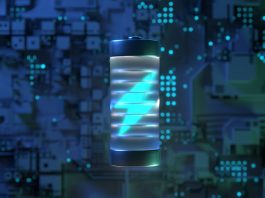The University of Warwick has been granted £2.2m to investigate a new type of solar cell material to be used in space in a bid to reduce reliance on fossil fuels.
The research will focus on how to make metal halide perovskite compounds transparent and flexible, which will enable them to remain stable in space.
Meanwhile, a new Nuclear Magnetic Resonance (NMR) spectrometer will be used to understand how to increase lifespan and durability of these solar cell materials.
The European Research Council (ERC) has approved the five-year study, which will delve into the atomic-level structure of a new type of solar cell material. This will address issues including stability and lifespan of metal halide perovskite compounds, which decrease in high humidity, strong sunlight, and at elevated temperatures.
The fluctuating stability of perovskites outside Earth’s atmosphere
Interestingly, while the properties of perovskite solar cells change in a range of atmospheric conditions, they remain remarkably stable outside the Earth’s atmosphere. This points to the potential for harvesting energy in space – a topical area of research, after the European Space Agency revealed it would be investigating whether satellites could beam electricity back to Earth earlier this year.
Using the NMR spectrometer – an analytical chemistry technique that harnesses high magnetic fields and radiofrequencies targeted at atomic nuclei – scientists hope to answer an enduring question: what is causing this type of solar cell material to degrade at the atomic level?
The ERC Starting Grant of £2.2m will involve the purchase of a 400 MHz solid-state NMR spectrometer worth £900,000, with unique capabilities that are currently not available in the West Midlands.
The spectrometer will be installed specifically for this project, enabling researchers to investigate the atomic-level structure of solar cells. The eventual aim is to help improve the durability of these devices, so they can be relied on for decades to come.
Could metal halide replace silicon as the leading solar cell material?
What has already struck scientists is the viability of these new solar cell materials in applications where currently used silicon solar cells fall short: indoor light harvesting, use on highly flexible substrates, such as foils and fabrics, and in windows which require the material to be partially transparent.
Dr Dominik Kubicki, an Assistant Professor in the Department of Physics at the University of Warwick and leader of the research, explained: “This study will help diversify sustainable energy sources and explore more options in the quest to reduce reliance on fossil fuels.
“We’re keen to understand more about why these solar cells degrade in different atmospheric conditions at the atomic level, so we can design new, better materials and ensure maximum efficiency of this new sustainable energy source.”
He concluded: “Silicon is the current material used in solar cells and while those devices have a long durability of over 20 years, they have certain limitations. Solar cells need to be relatively thick, but silicon is brittle, and it succumbs to cosmic radiation.
“Metal halide perovskites enable us to overcome these limitations, diversify the ways in which we can harvest solar energy, and apply them in contexts we had not previously anticipated. Investigating these materials will be very exciting, and we hope to find out how to make them more stable.”









